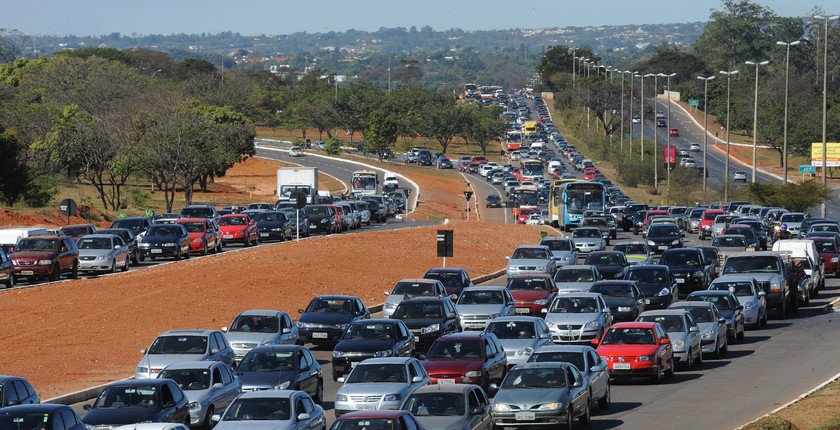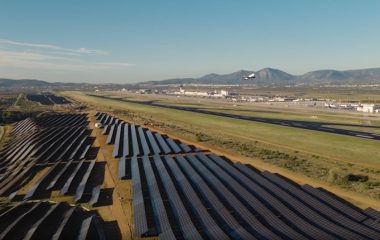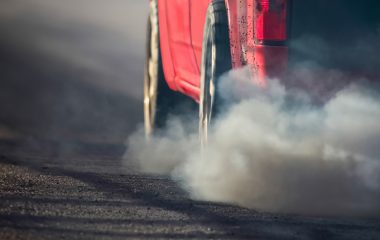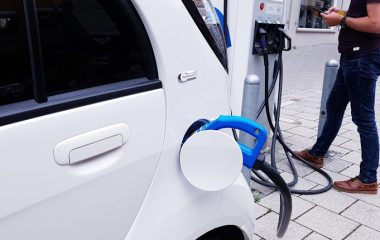
Photo: Fabio Rodrigues Pozzebom/ABr / https://creativecommons.org/licenses/by/3.0/br/legalcode
No more obstacles – ministers of energy of 27 European Union member states agreed a ban on the sales of new cars and vans running on gasoline and diesel fuel would be introduced in 2035, but with a notable exception. The vehicles with internal combustion engines can be marketed if they use carbon-neutral synthetic, e-fuels.
The exception was passed under German pressure, after which the decision was confirmed to ban sales of new CO2-emitting vehicles.
The regulation includes interim targets: new cars must have 55% lower emissions than in 2021 from 2030 through 2034, in line with the Fit-for-55 package, while light commercial vehicles won’t be allowed to emit more than 50% of the level, the Council of the EU said after the meeting of energy ministers.
It means all manufacturers will have to electrify their vehicles and add hybrid systems as it will be too expensive to develop gasoline and diesel engines that can comply with the norm so quickly.
Poland votes against
Swedish Minister for Energy, Business and Industry Ebba Busch was the one to declare that the agreement was reached. Her country was among the strongest proponents of the regulation, while Germany’s Minister for Transport Volker Wissing was blocking the deal before the compromise was achieved.
But Poland still voted against the adoption of the regulation while the representatives of Italy, Romania and Bulgaria abstained.
Road transportation has been identified as one of the biggest sources of CO2 emissions in EU, with a 25% share.
Synthetic fuel production requires lot of electricity
Automotive giants like Porsche and Ferrari were skeptical about the regulations initially proposed version. They claimed the batteries for the electrification of some of their models would be too heavy so that it wouldn’t make sense to keep making them anymore.
The opponents to the e-fuel exception have warned that synthetic fuel production requires much more electricity.
Be as it may, the car industry has taken a completely new trajectory.


















Be the first one to comment on this article.